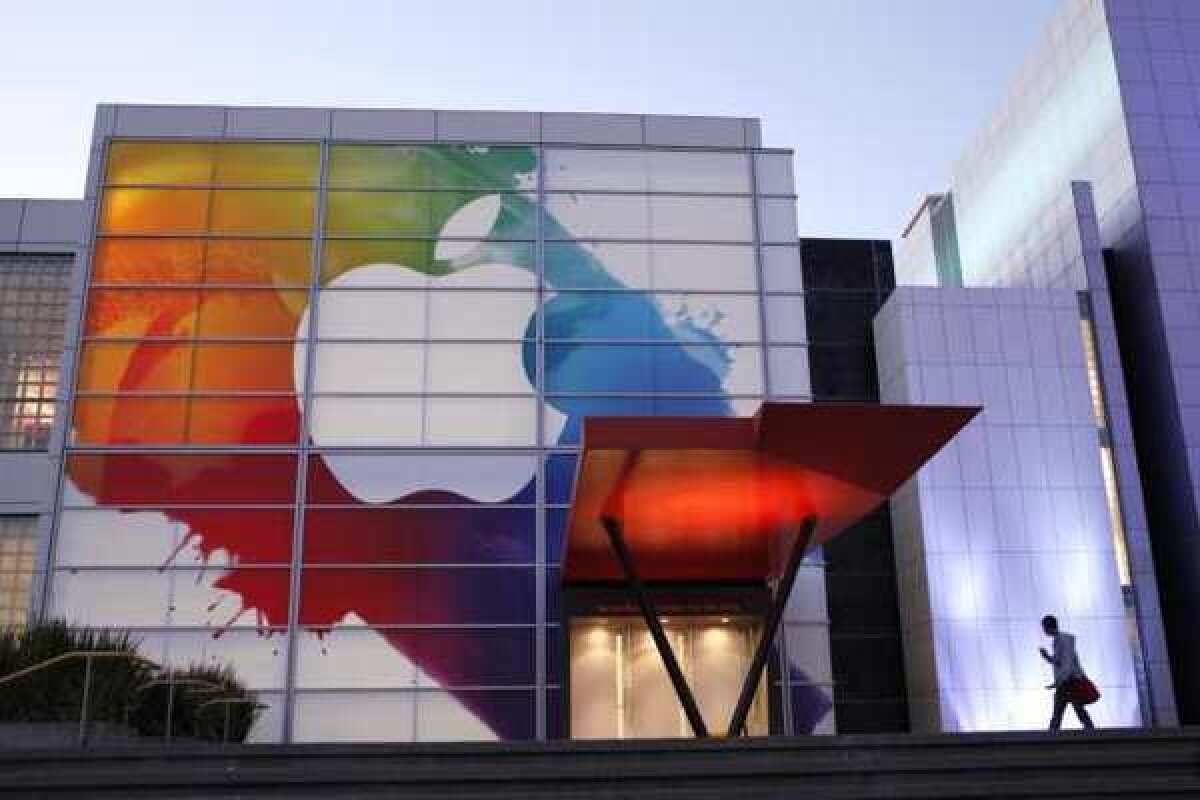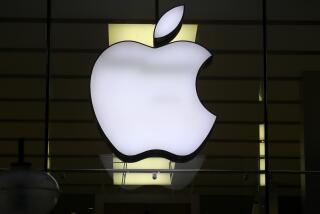Could Apple iPhone 5 sales single-handedly boost GDP?

- Share via
Tech geeks and average consumers alike are quivering in anticipation of Apple’s expected unveiling Wednesday of the iPhone 5.
Speculation is raging. Will the rumored smartphone kill the PC? Will it be affordable?
Or, as Twitter user Tanmay Bhat puts it: “We as the human race must collectively ask ourselves -- Is our second kidney really that important?”
But analysts at J.P.Morgan have an even more intriguing question: “Can one little phone affect GDP?”
QUIZ: Test your Apple knowledge
Chief economist Michael Feroli believes sales of the smartphone could potentially add as much as half a percentage point to annualized gross domestic product growth in the fourth quarter.
Roughly 8 million iPhone 5s will be sold over the period, even as sales of previous-generation iPhones stay steady, according to the report.
In October 2011, when the last iPhone debuted, sales “significantly outperformed expectations,” Feroli wrote. The iPhone 5 launch “is expected to be much larger.”
PHOTOS: Rumor roundup: The new iPhone
The phone will likely retail for around $600, based on its predecessors, Feroli wrote.
“If the imported cost component is similar to previous leading generation phones it would imply around a $200 per phone addition to imports (which is a subtraction from GDP). The difference between these two figures, $400, would represent the trade margins, which figure into GDP,” he wrote
IPhone 5 sales, according to Feroli, could boost GDP by $3.2 billion, or $12.8 billion at an annual rate, increasing fourth-quarter growth by a third of a percentage point. The lift “would limit the downside risk to our Q4 GDP growth projection, which remains 2%,” Feroli wrote.
“This estimate seems fairly large, and for that reason should be treated skeptically,” Feroli said. “However, we think the recent evidence is consistent with this projection.”
Last month, the government said U.S. economic growth in the second quarter expanded at an annual rate of 1.7% -- better than expected but still the the slowest since last summer.
Consumer spending -- which according to conventional economic wisdom accounts for roughly 70% of GDP -- has been rising and is projected to jump further for big-ticket items.
ALSO:
IPhone 5 to be 4G LTE compatible, report says
GDP growth revised higher but recovery is still sluggish
Consumer spending, though still weak, jumps most in five months
Follow Tiffany Hsu on Twitter and Google+
More to Read
Inside the business of entertainment
The Wide Shot brings you news, analysis and insights on everything from streaming wars to production — and what it all means for the future.
You may occasionally receive promotional content from the Los Angeles Times.











